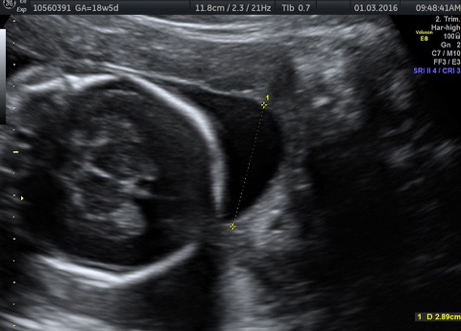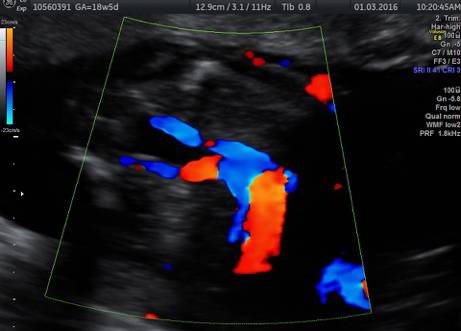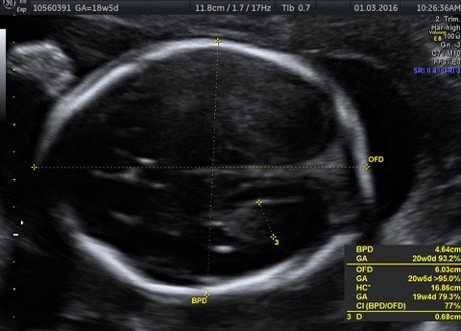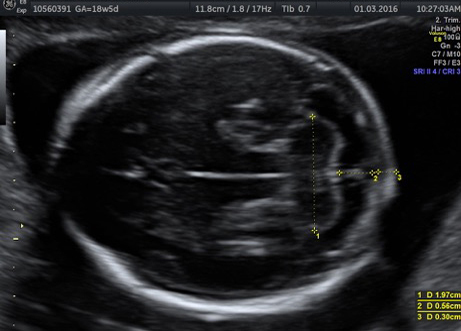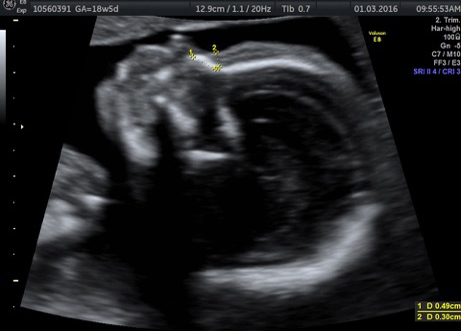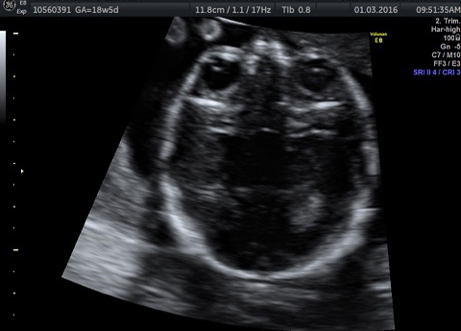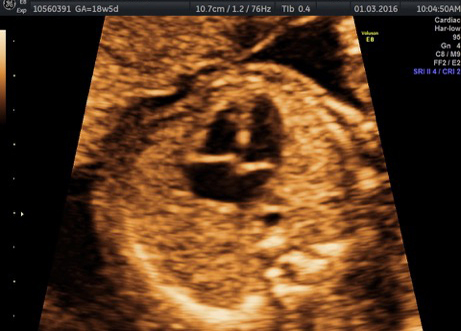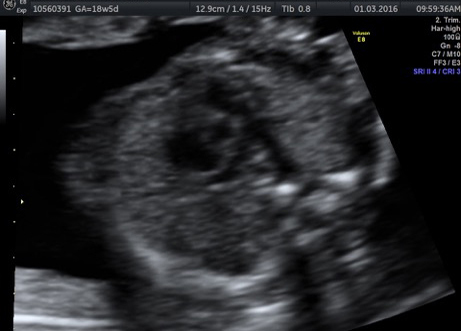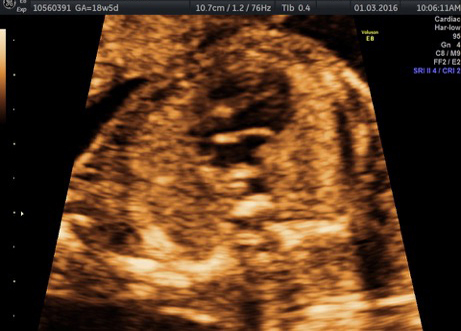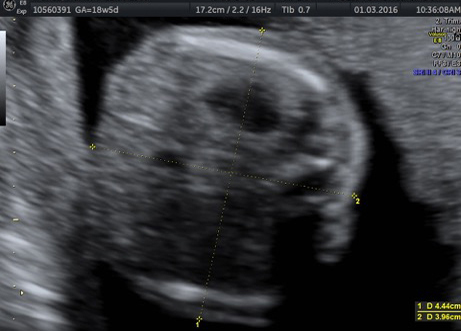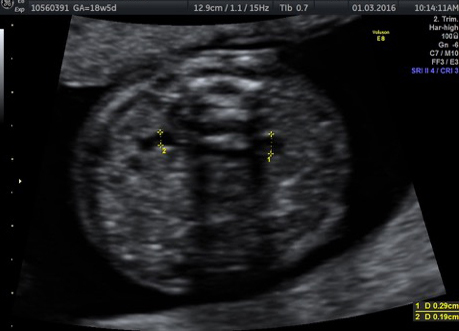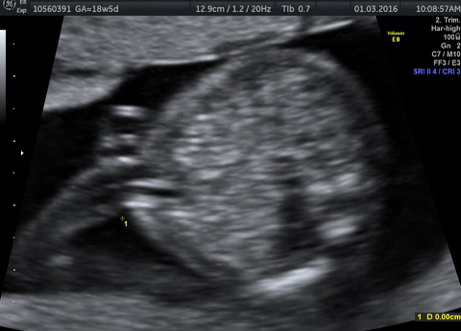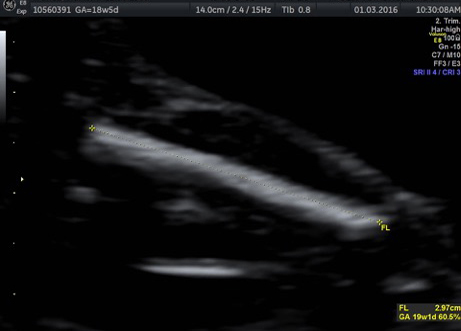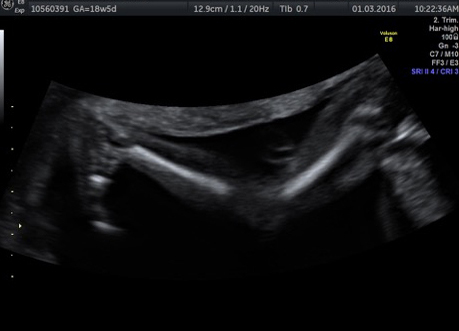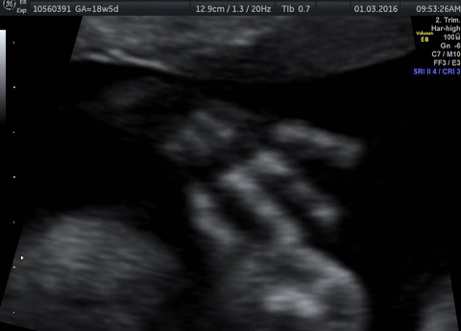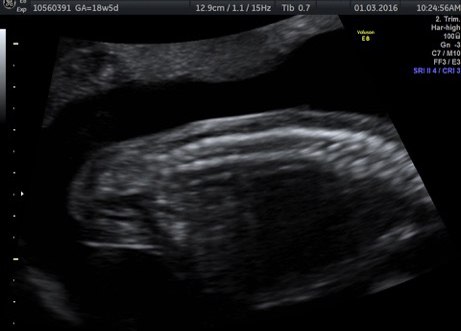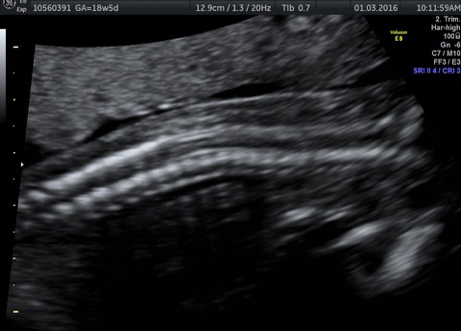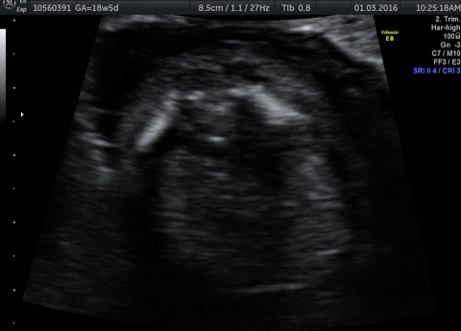Amniotic band resection is a surgical procedure to cut bands caused byamniotic band syndrome. The effects of amniotic band syndrome vary widely, from harmless to life-threatening. Most surgeries to remove amniotic bands are completed after birth. In fact, the condition often is not discovered until the baby is born.
However, when amniotic band syndrome is diagnosed before birth, fetal surgery may be performed if the bands:
- Constrict the umbilical cord
- Cut off blood supply to a limb and threaten amputation
- Threaten to cause severe deformation
In fetal amniotic band resection, the mother is sedated and given antibiotics and medicine to prevent labor. The fetus also may be sedated. The surgeon makes a small incision in the mother’s abdomen and uterus.
Using ultrasound imaging to guide the procedure, the surgeon inserts a fetoscope (a tiny tube with a camera at the tip) into the uterus. With surgical instruments or laser, the surgeon cuts the band or bands that are endangering the fetus. This frees the constricted body part and allows it to continue to develop.
After a baby with amniotic band syndrome is born, he will be examined immediately to determine the best course of treatment.
Any surgery carries risk. Possible problems that might be associated with fetal amniotic band resection include premature delivery, bleeding and damage to the fetus. Your doctor will explain the risks and help you decide if the benefits outweigh the potential problems.
After fetal surgery, the mother will remain in the hospital until she is stable. She and the fetus will be monitored closely throughout the remainder of the pregnancy, and additional tests, including ultrasounds, probably will be needed.




